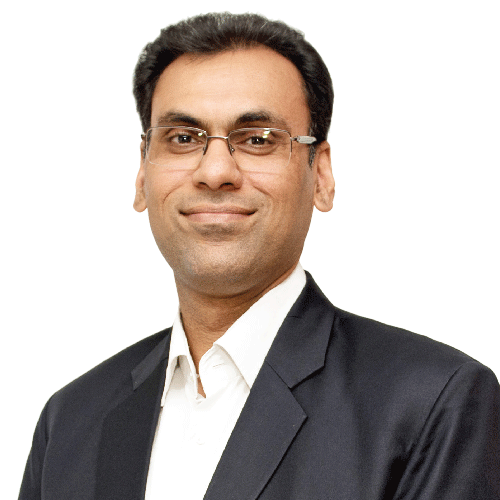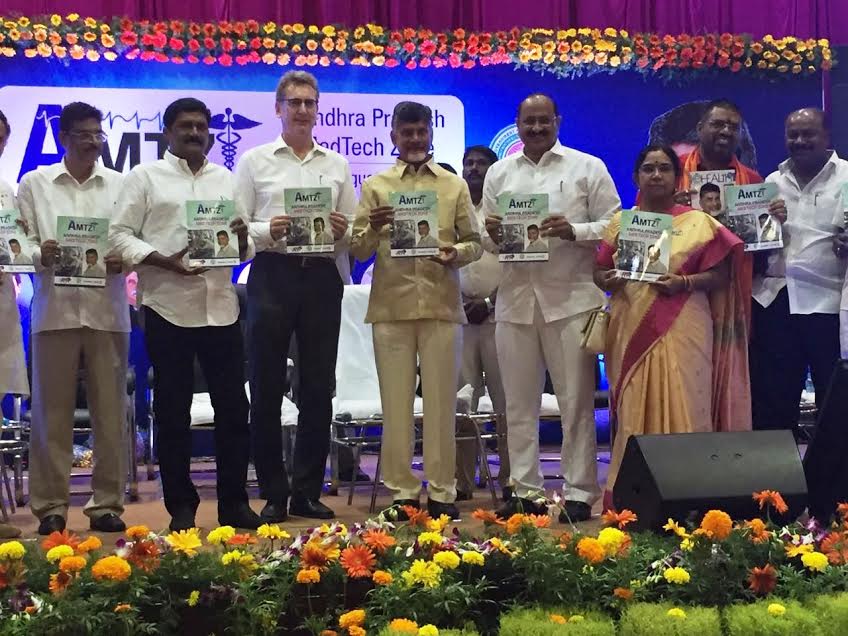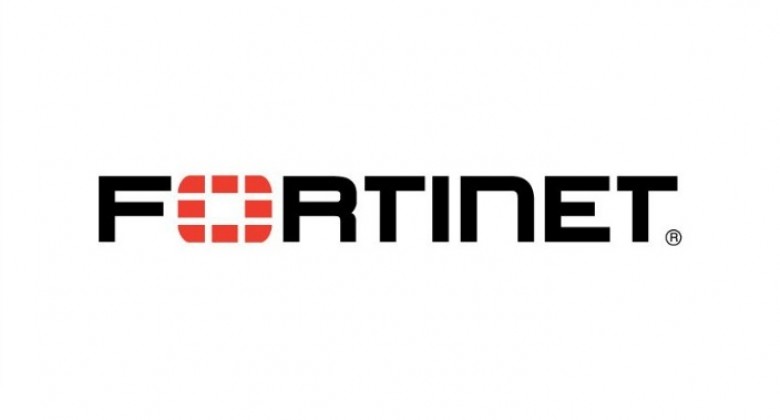
 Indias 1st low dose 50 micron Full Field Digital Mammography system (AMULET) with Computer Aided Diagnostics System to help doctors detect breast cancer early
Indias 1st low dose 50 micron Full Field Digital Mammography system (AMULET) with Computer Aided Diagnostics System to help doctors detect breast cancer early
Doctors in India now have a new tool to help battle breast cancer. AMULET, the best mammography system in the world was launched at a Summit organised by Mahajan Imaging on Advances in Medical Technology in the Fight against Breast Cancer’ on May 19′ 2013 at the Oberoi Hotel, New Delhi. Smt. SushmaSwaraj , Leader of the Opposition, Loksabha was the chief guest at the Summit.

The Summit saw some eminent doctors and guests participating and sharing their viewpoints on how medical advancements can help fight breast cancer; why a mammography scan for all ladies above the age of 40 years is necessary- its need & advantages.
Dr. Ashok Vaid, Chairman, Medical Oncology, Medanta “ The Medicity; Dr.UrvashiJha, Sr. Gynecologist “ Laparoscopic & Cancer Surgeon, Fortis Group of Hospitals; Dr. Harsh Mahajan, Founder and Chief Radiologist, Mahajan Imaging were amongst the key speakers at the Summit.
Dr.Urvashi Prasad Jha, Cancer Surgeon, talked about her own battle against breast cancer- from diagnosis to treatment and coming back to work. She shared, I got my own scan done majorly out of curiosity. I never thought it could happen to me. I was lucky, we caught it in the early stages and I could successfully fight it off. My message to all women out there would be to not ignore their health. Women in India spend their entire lives living for others, but it is high time we took our health in our own hands.

The Summit saw the launch of Indias First Low dose 50 micron Full Field Digital Mammography system – AMULET by Fujifilm. The new breast cancer detecting machine is the first of its kind in India and is one of the most advanced mammography systems in the world. It uses artificial intelligence algorithms to assist the radiologists in detecting abnormalities that would not normally be seen by the naked human eye.
A mammography scan is a High-Resolution X-Ray of the breasts. It is done with the intention of early detection of breast cancer. Many studies done all over the world have shown time and again that breast cancer has a much better survival rate if detected early. It is a simple procedure and requires no special preparation.
We have seen a sea change in mammography technology over the last couple of decades, it started with screen-film mammography and gradually moved to CR based mammography, which is still the most popular form of mammography in India today, said Dr. Harsh Mahajan, Honorary Radiologist to the President of India, in his talk at the summit.
Today, with the 50 micron resolution of the AMULET, Full Field Digital Mammography system, we have the capability to see the breasts with much more clarity than ever before. The Computer Aided Diagnostics (CAD) system installed with the machine helps direct the radiologist in the direction of lesions that would normally not be seen by the naked human eye. We are proud to offer this test to Indian women and hope that this will go great lengths in the fight against breast cancer. he added.
Mr.ShekharSibal, utive Vice President & Head of Medical Systems for Fujifilm India,speaking about the market dynamics of Full Field Mammograms, said, Such high-end equipment costs around five to ten times more than the commonly available mammography systems, and the incremental cost cannot be passed on to the patient, lest the very purpose of the machine be defeated. We are glad that Dr. Mahajan has taken the initiative to promote this modality and add a new dimension to breast imaging in India.
Dr.VenuGangahar, Senior Consultant at Mahajan Imaging, the person who is completely hands-on with the system, described a recent incident where the power of the new system was realised, We had a patient whos mammogram looked completely normal, but our new Computer Aided Diagnosis (CAD) system directed us to look at a particular part of the breast in greater detail. When we double checked this area after zooming, we realised that there was in fact some micro-calcification, that was further uated by MRI which detected a focal suspicious area which might be an earlier cancerous lesion. According to Dr. Gangahar, this patients images were sent to one of the best cancer centres in the world, who were not able to detect the lesion on initial inspection.
Doctors shared some facts based on studies related to breast cancer at the summit. One in 28 women in urban India is bound to develop breast cancer, according to a statement issued by the Tata Memorial Cancer Centre, Mumbai (1). According to the All India Institute of Medical Sciences (AIIMS) there will be 250,000 new cases of breast cancer in India the year 2015 (2).
The World Health Organisation (WHO) states, Early detection in order to improve breast cancer outcome and survival remains the cornerstone of breast cancer control. (3). According to the American College of Radiology all women above the age of 40 years must undergo an annual mammogram to detect breast cancer early(4). WHO further states that such screening mammograms can decrease the mortality of breast cancer by at least 20-30%. (5)
Also speaking at the summit was Dr. Ashok Vaid, Chairman, department of Medical Oncology at the Medanta- Medicity Hospital. One of the biggest advantages of detecting breast cancer in its early stages is that it can be treated much more easily, and the treatment outcomes are also much better. Once the tumor has grown to a certain size, its chances of spreading to other parts of the body increase to a great degree, it is vital that the treatment be administered, in whatever form, before the tumor has a chance to spread. said Dr.Vaid emphasising the importance of early detection.
Apart from other available modalities for advanced breast imaging, like ultrasound and VIBRANT MR Mammography, there are other modalities too which are coming up for breast imaging. There are dedicated breast MRIs, dedicated breast imaging machines that use radioactive substances and breast tomosynthesis systems, but a simple mammogram still remains the preferred modality for screening of breast cancer, said Dr. Shikha Panwar,Sr.Consultant Radiologists, Mahajan Imaging, speaking about imaging modalities beyond mammograms.
There are newer modalities like molecular ultrasound and bioluminescence imaging which are still under research, which have the potential to change the way breast cancer is diagnosed. Dr. Shikha added.
Be a part of Elets Collaborative Initiatives. Join Us for Upcoming Events and explore business opportunities. Like us on Facebook , connect with us on LinkedIn and follow us on Twitter , Instagram.












